Original Item: Only One Available. This is a rare uniform patch insignia from World War One for the 1st Battalion of the 12th Field Artillery Regiment. The patch features a red felt "horizontal rectangle" shaped background that measures about 2" tall by 4" across, with a sewn on 3 1/2" wide white five pointed star with an embroidered Indian Head into the middle. These patches are rare and ones in this high grade condition such as this one are very find on the market.
Almost 100 years after its inception, the 2nd Division’s distinctive star and Indian head insignia is perhaps the most sought after of all of the shoulder patches used by the American Expeditionary Forces (AEF). There are a number of reasons for this … One being the 2nd Division’s unmatched fighting record during the Great War. Another is that it was the only AEF division to be composed of Army, Navy and Marine Corps personnel. Still another is because the shoulder sleeve insignia (SSI) was authorized to be made from six different colors of cloth that were cut into fourteen different shapes, geometric and otherwise.
More on the 2nd Infantry Division - Indianhead
The 2nd Division was first constituted on 21 September 1917 in the Regular Army. It was organized on 26 October 1917 at Bourmont, Haute Marne, France. At the time of its activation, the Indianhead Division was composed of the 3rd Infantry Brigade, which included the 9th Infantry Regiment; the 23rd Infantry Regiment and the 5th Machine Gun Battalion; the 4th Marine Brigade, which consisted of the 5th Marine Regiment, the 6th Marine Regiment and the 6th Machine Gun Battalion; 2nd Brigade of field artillery, which consisted of the 12th Field Artillery Regiment, 15th Field Artillery Regiment, 17th Field Artillery Regiment, and 2nd Trench Mortar Battery; and various supporting units. Twice during World War I the division was commanded by US Marine Corps generals, Brigadier General Charles A. Doyen and Major General John A. Lejeune (after whom the Marine Corps Camp in North Carolina is named), the only time in U.S. military history when Marine Corps officers commanded an Army division.
The division spent the winter of 1917–18 training with French and Scottish veterans. Though judged unprepared by French tacticians, the American Expeditionary Force (AEF) was committed to combat in the spring of 1918 in a desperate attempt to halt a German advance toward Paris. Major General Edward Mann Lewis Commanded the 3rd Brigade as they deployed to reinforce the battered French along the Paris to Metz road. The Division first fought at the Battle of Belleau Wood and contributed to shattering the four-year-old stalemate on the battlefield during the Château-Thierry campaign that followed.
On 28 July 1918, Marine Corps Major General Lejeune assumed command of the 2nd Division and remained in that capacity until August 1919, when the unit returned to the US. The division went on to win hard-fought victories at Soissons and Blanc Mont. Finally the Indianhead Division participated in the Meuse-Argonne Offensive which ended any German hope for victory. On 11 November 1918 the Armistice was declared, and the 2nd Division entered Germany, where it assumed occupation duties until April 1919. 2nd Division returned to U.S. in July 1919.
The 2nd Division was three times awarded the French Croix de guerre for gallantry under fire at Belleau Wood, Soissons, and Blanc Mont. This entitles current members of the division and of those regiments that were part of the division at that time (including the 5th and 6th Marine Regiments) to wear a special lanyard, or fourragère, in commemoration. The Navy authorized a special uniform change that allows hospital corpsmen assigned to 5th and 6th Marine Regiments to wear a shoulder strap on the left shoulder of their dress uniform so that the fourragère can be worn.
The division lost 1,964 (including USMC: 4,478) killed in action and 9,782 (including USMC: 17,752) wounded in action.
The 1st Battalion, 12th Field Artillery was constituted on 3 June 1916 as an element of the 2nd Division. The 12th Regiment arrived in France and fought bravely in four offenses in World War I.




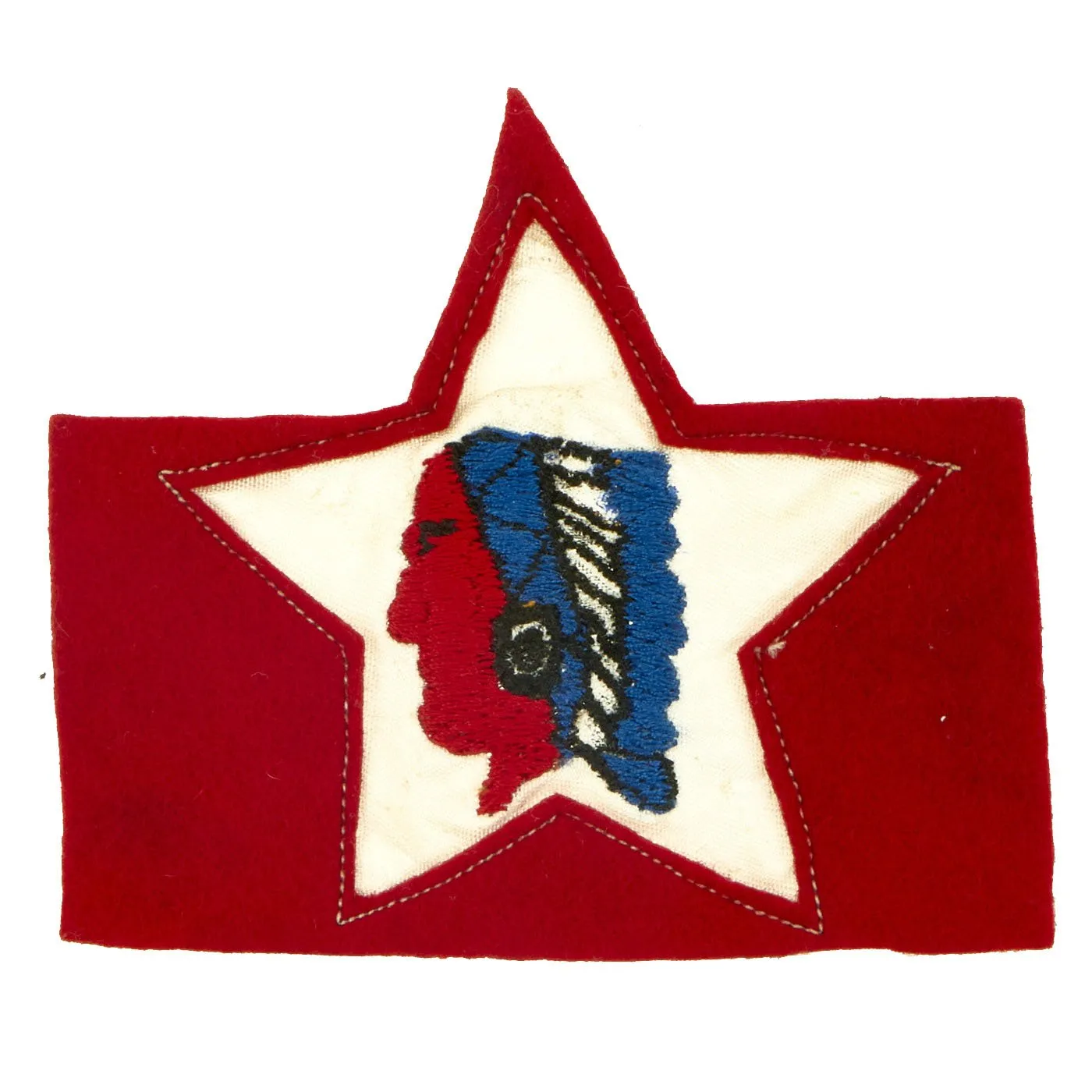
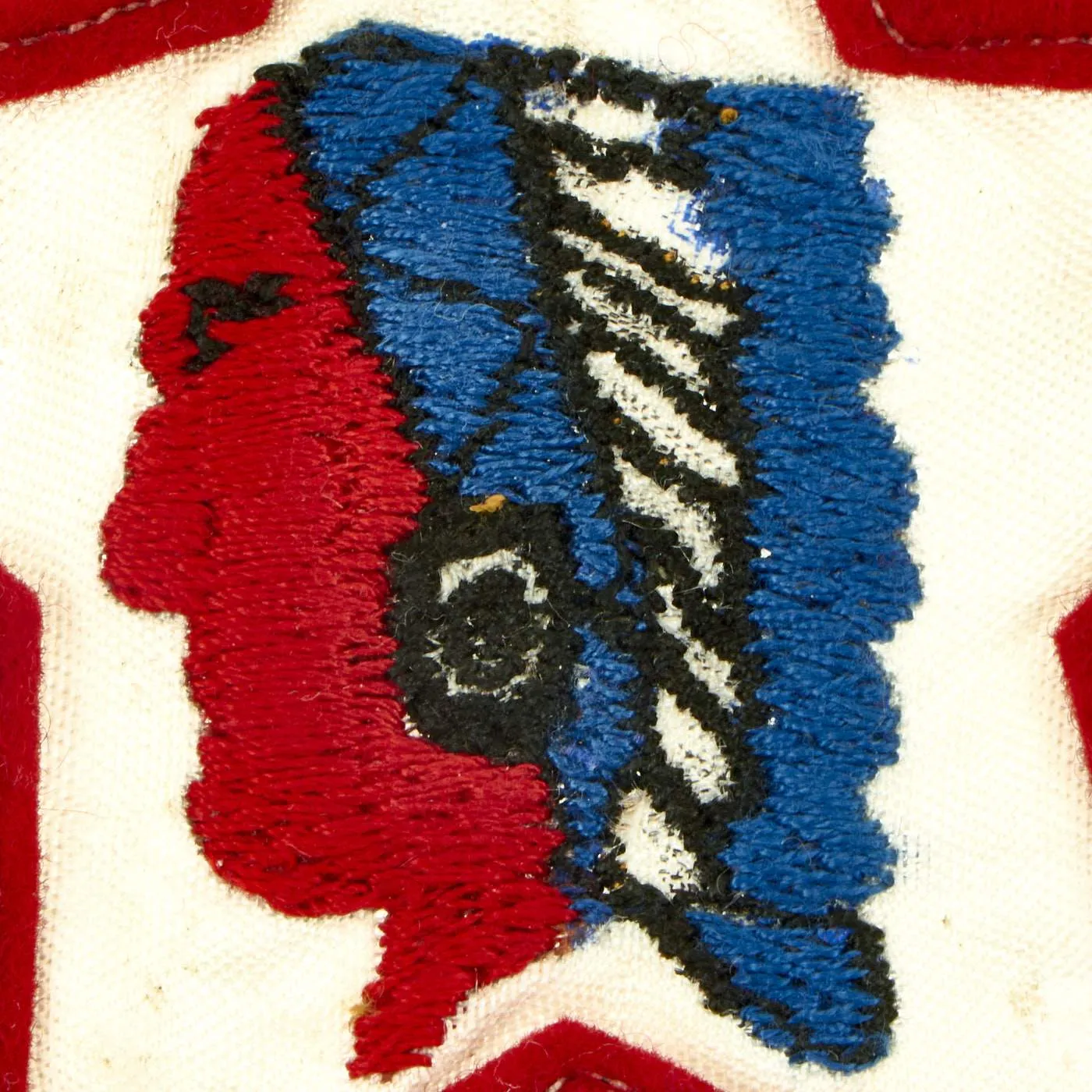
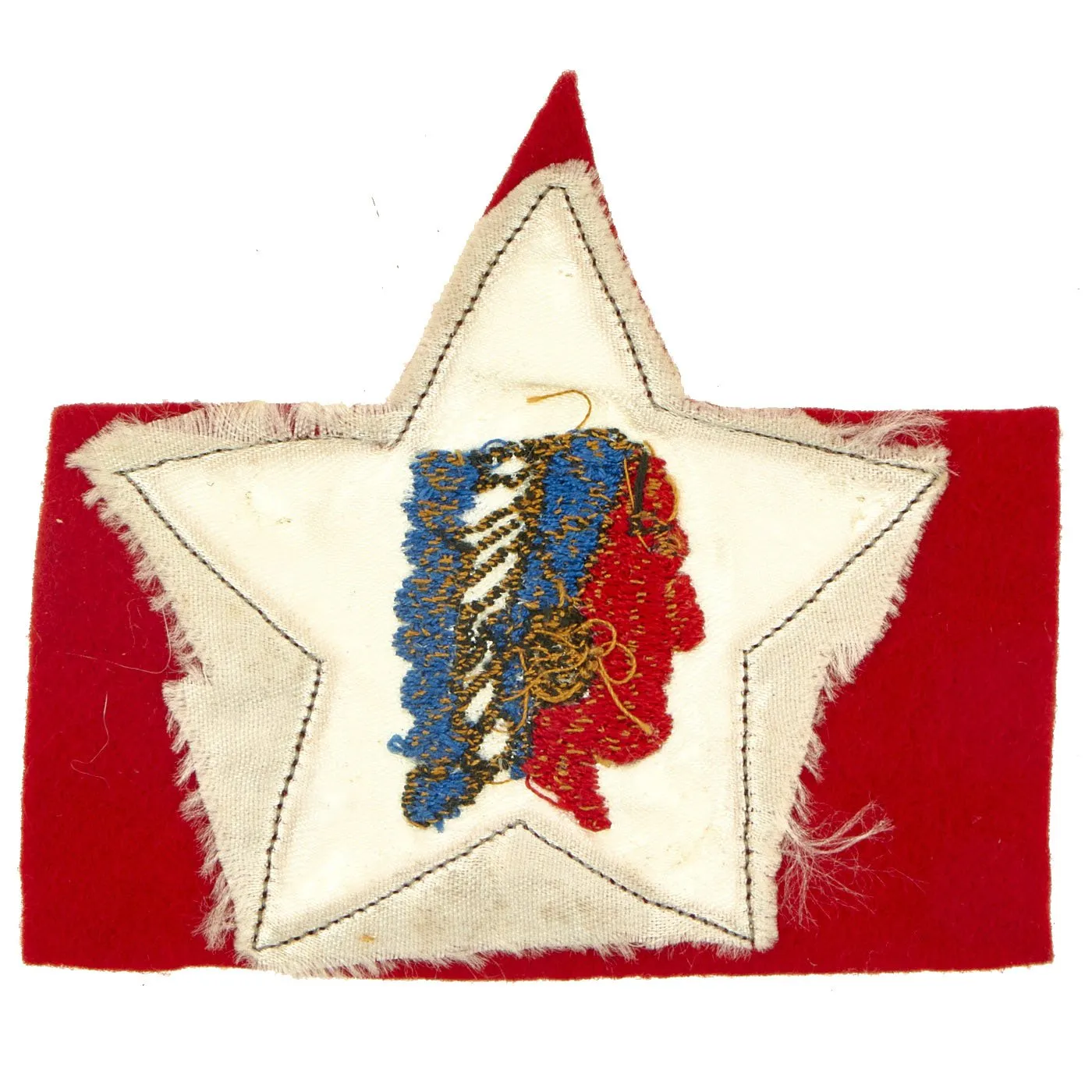
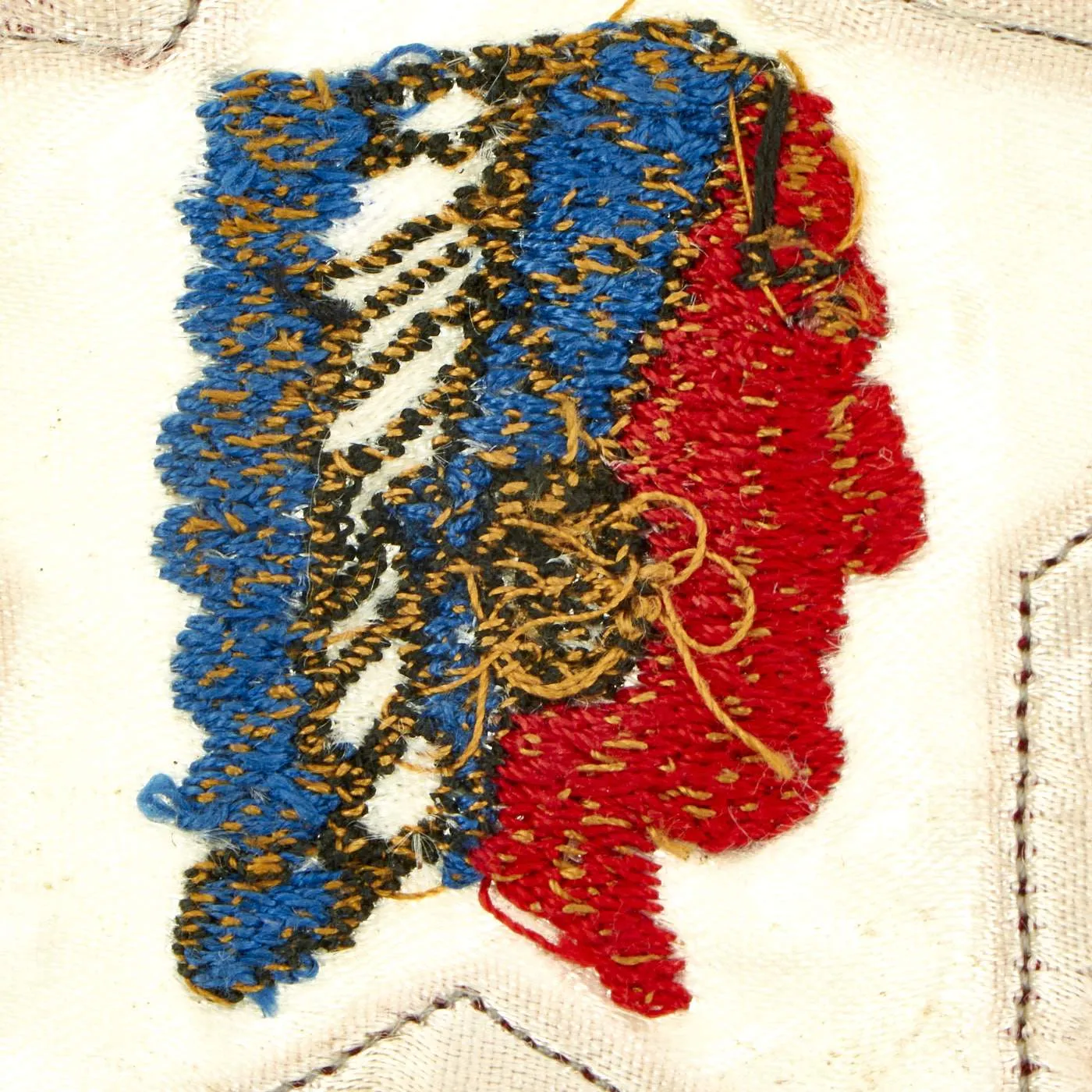
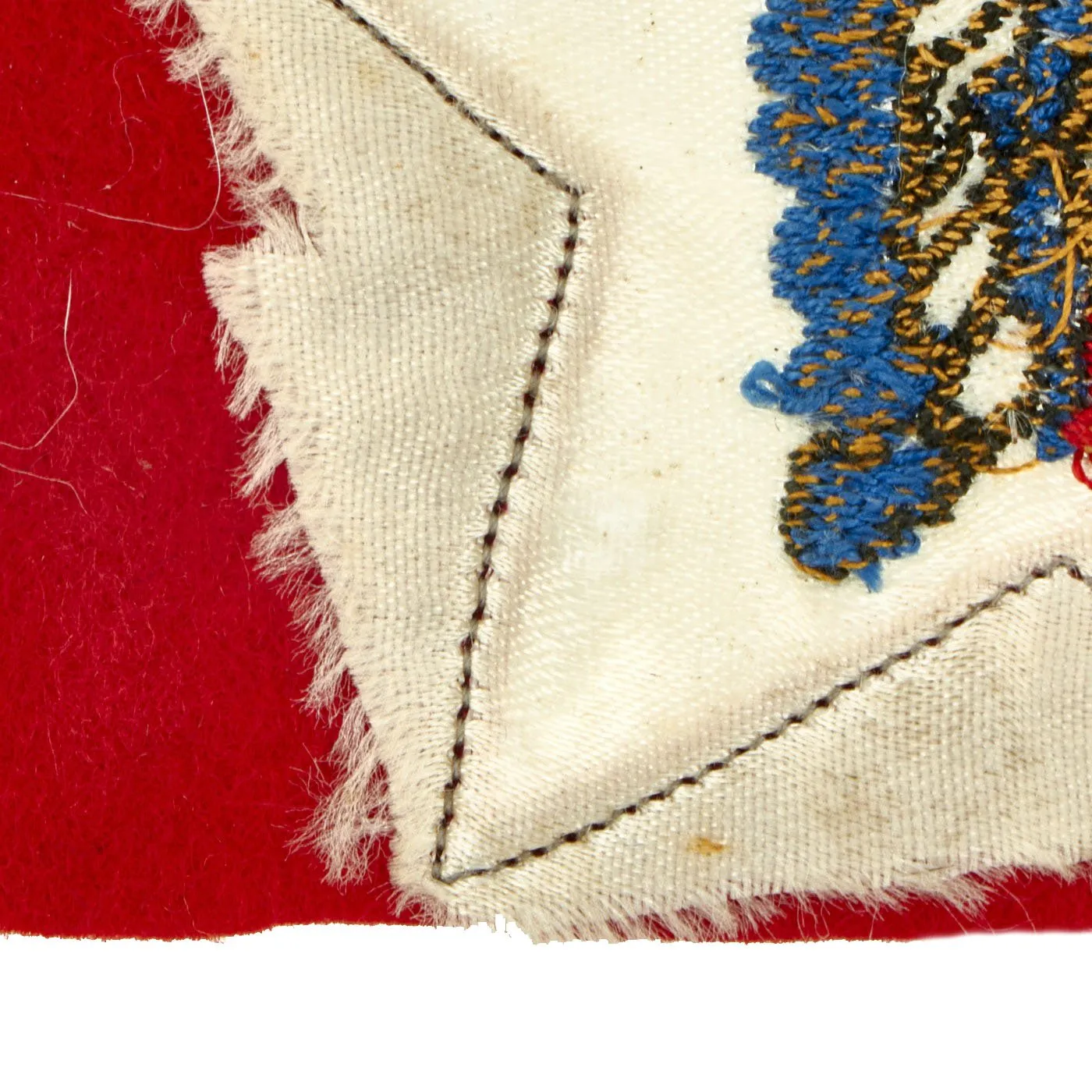
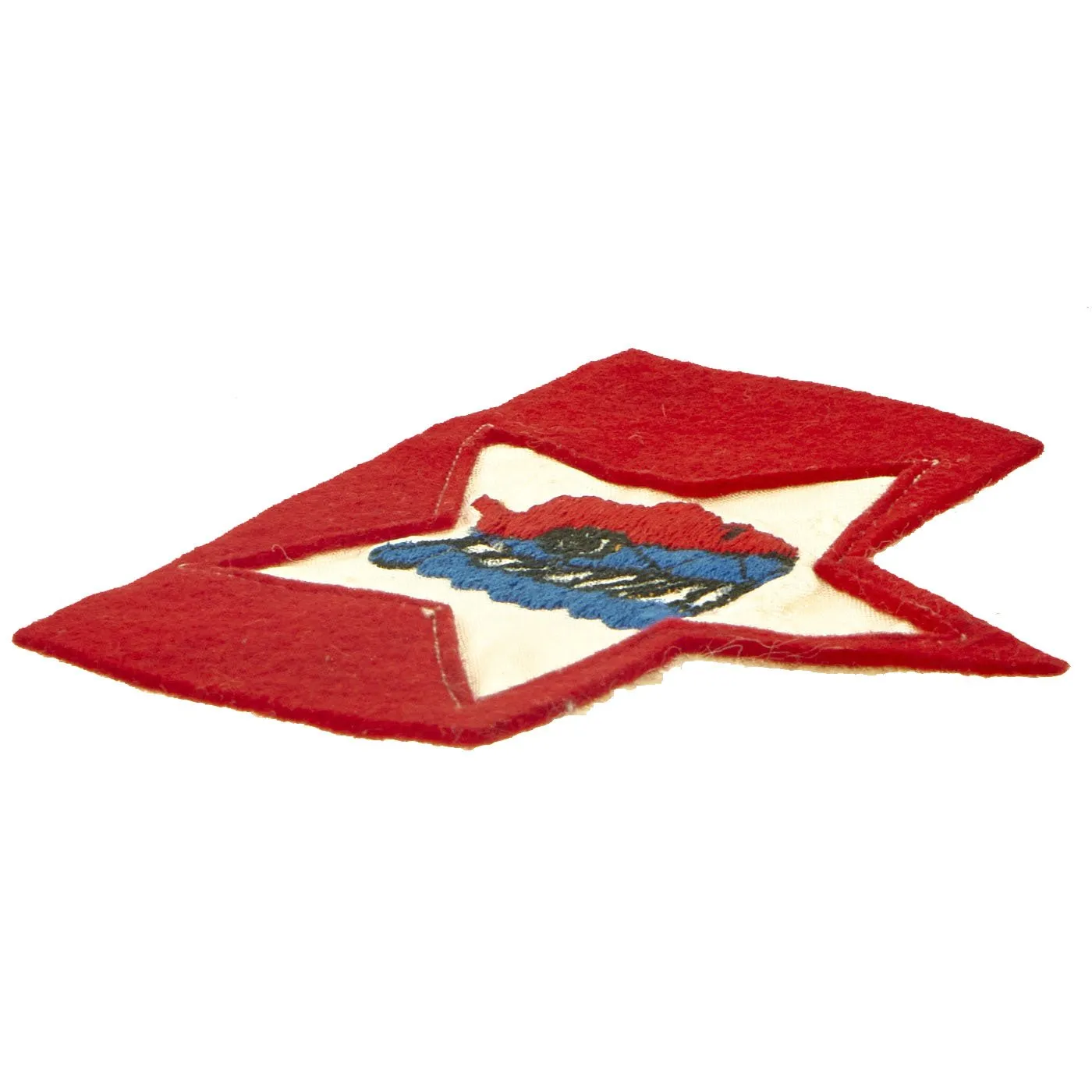
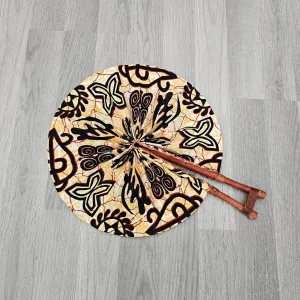

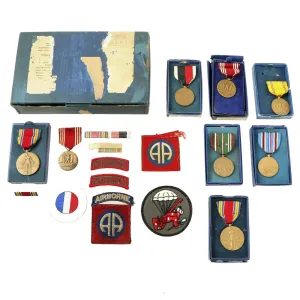



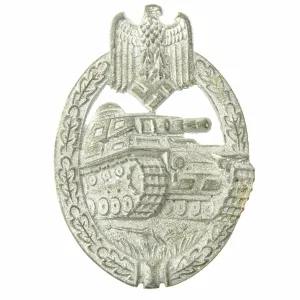
![PropGlide Prop Running Gear Coating Kit - Medium - 625ml [PCK-625] PropGlide Prop Running Gear Coating Kit - Medium - 625ml [PCK-625]](https://www.voyagio.shop/image/propglide-prop-running-gear-coating-kit-medium-625ml-pck-625_PTLN5H_300x.webp)


